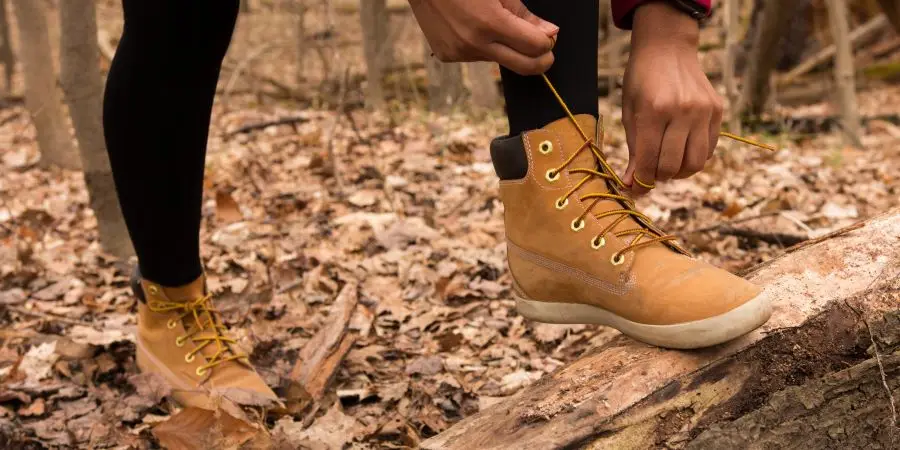Hiking has become an increasingly popular outdoor activity, leading to a surge in demand for hike shoes. These specialized footwear options are designed to provide comfort, durability, and support for outdoor enthusiasts. As the market for hike shoes continues to grow, understanding the latest trends and market dynamics is essential for businesses and consumers alike.
Table of Contents:
Market Overview: The Growing Demand for Hike Shoes
Innovative Materials and Textures in Hike Shoes
Design and Functionality: Meeting the Needs of Modern Hikers
Weather Resistance and Durability: Essential for All Seasons
Technological Advancements in Hike Shoes
Conclusion
Market Overview: The Growing Demand for Hike Shoes
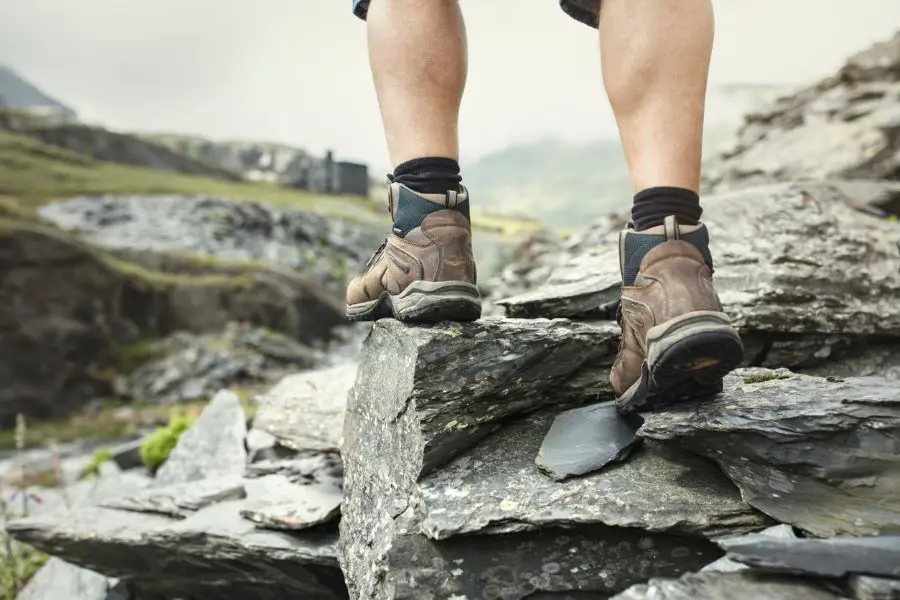
The hike shoes market is experiencing significant growth, driven by several key factors. According to a report by Research and Markets, the hiking and trail footwear market is forecasted to grow by USD 6.17 billion during 2023-2028, accelerating at a compound annual growth rate (CAGR) of 8.18% during the forecast period. This growth is attributed to the increasing premiumization of hiking and trail running footwear, the rising prominence of hiking and trail running as outdoor recreational activities, and growing support for outdoor hiking and trail running through various associations.
Data of Market Performance
The market for hike shoes is segmented into hiking footwear and trail running footwear. The increasing popularity of these activities has led to a rise in demand for high-quality, durable footwear that can withstand various terrains and weather conditions. The report highlights that the market is driven by the premiumization of hiking and trail running footwear, with consumers willing to invest in high-performance products that offer superior comfort and durability.
Regional Insights
Geographically, the hike shoes market is segmented into Europe, North America, Asia-Pacific (APAC), South America, and the Middle East and Africa. Europe and North America are the leading regions in terms of market share, driven by the high participation rates in outdoor activities and the presence of established brands. The APAC region is expected to witness significant growth during the forecast period, fueled by the increasing popularity of hiking and outdoor activities in countries like China and India. According to the report, the U.S. market was estimated at $6.1 billion in 2023, while China is forecasted to grow at an impressive 7.1% CAGR to reach $6.9 billion by 2030.
Key Players
The hike shoes market is highly competitive, with several key players dominating the landscape. Some of the leading vendors in the market include Adidas AG, ANTA Sports Products Ltd., ASICS Corp., BOREAL, Columbia Sportswear Co., Deckers Outdoor Corp., Frasers Group plc, GALAXY UNIVERSAL LLC, KEEN Inc., La Sportiva Spa, Lukas Meindl GmbH and Co. KG, Nike Inc., PUMA SE, Red Wing Brands of America Inc., Skechers USA Inc., Tecnica Group SpA, Under Armour Inc., VF Corp., Wildcraft India Pvt. Ltd., and Wolverine World Wide Inc. These companies are continuously innovating and expanding their product portfolios to cater to the evolving needs of consumers.
Future Trends
One of the notable trends in the hike shoes market is the rising popularity of eco-friendly footwear. Consumers are increasingly seeking sustainable products, and footwear companies are responding by adopting recycled and bio-based materials to reduce their carbon footprint. Innovations in recycling technologies and the development of bio-based alternatives to synthetic rubber and plastics are helping manufacturers create more sustainable sole options without compromising on performance or durability. This trend toward sustainability is expected to fuel further growth in the market as more brands embrace eco-friendly materials in their shoe designs.
Innovative Materials and Textures in Hike Shoes
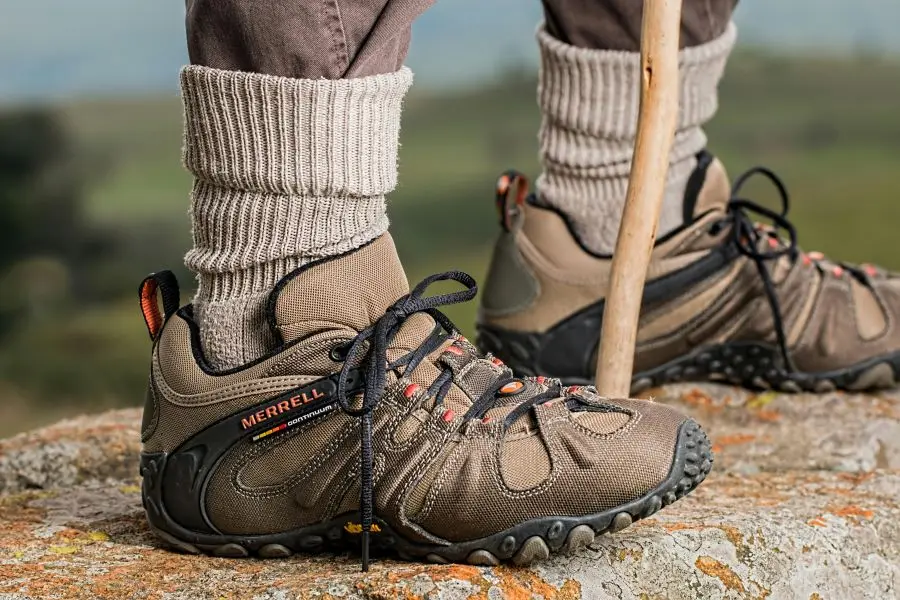
The Rise of Sustainable Materials
In recent years, the hiking shoe industry has seen a significant shift towards the use of sustainable materials. This trend is driven by both consumer demand for eco-friendly products and the industry’s commitment to reducing its environmental footprint. One notable example is Hoka’s Anacapa 2 Low GTX, which features a recycled mesh upper crisscrossed with nubuck leather overlays. This combination not only boosts durability but also maintains decent breathability, a challenging balance for waterproof shoes. The use of recycled materials in the Anacapa 2 Low GTX is a testament to the industry’s efforts to create more sustainable products without compromising on performance.
Nubuck leather, made from full-grain leather with a brushed finish that gives it a suede-like feel, is another material gaining popularity. It is lighter and more flexible than traditional full-leather options and more durable than most nylons. However, it does fall short in breathability, which is why it is often combined with nylon mesh for abrasion resistance and breathability. This blend is seen in models like the Merrell Moab and Keen Targhee Vent, which offer a balance of durability and comfort.
Advanced Textures for Enhanced Grip and Comfort
The texture of hiking shoes plays a crucial role in providing grip and comfort, essential for tackling various terrains. The grippy tread design on Altra’s Lone Peak 8, for instance, is a standout feature that enhances traction on rocky and uneven surfaces. This design is particularly beneficial for long-distance hikers who need reliable grip over extended periods.
Salomon’s in-house Contagrip compound is another example of advanced texture technology. Used in models like the X Ultra 4 hiking shoes, this compound offers a well-rounded performance that rivals the quality of Vibram offerings. The Contagrip rubber provides excellent traction and durability, making it a preferred choice for many hikers.
The midsole construction is equally important in enhancing comfort. Hoka’s Speedgoat 6, for example, features a springy midsole and a rockered shape that ensures a smooth ride on the trail. This design is particularly beneficial for long-distance hikers, providing the necessary cushioning and support to reduce fatigue.
Design and Functionality: Meeting the Needs of Modern Hikers
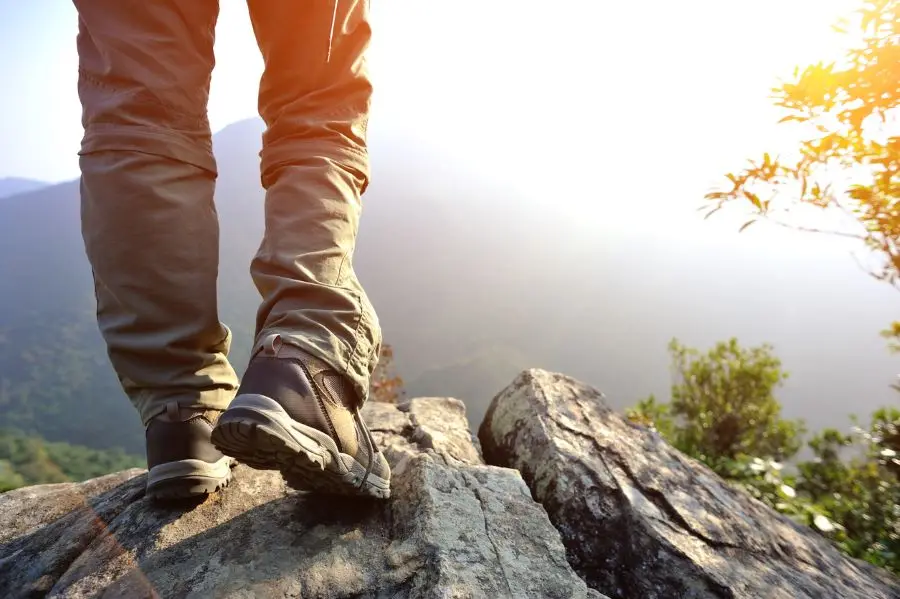
Ergonomic Designs for Optimal Performance
Modern hiking shoes are designed with ergonomics in mind to ensure optimal performance and comfort. The Altra Lone Peak 8, for instance, is highlighted for its roomy toe box and zero-drop shape, which encourages a natural stride. This design is particularly beneficial for hikers with wide or hard-to-please feet, providing a comfortable fit that reduces the risk of blisters and pressure points.
The Merrell Moab 3 and Keen Targhee IV Vent are other examples of ergonomic designs that offer a balance of support and flexibility. These shoes are ideal for day hikes on flatter or less technical terrain, providing the necessary comfort and stability without feeling overly stiff.
Multifunctional Features for Versatile Use
Hiking shoes today are equipped with multifunctional features that cater to a variety of uses. The Hoka Anacapa 2 Low GTX, for example, combines the feel of a trail runner with the added structure of a hiker. This makes it a versatile option for those who stick to established trails but also need the durability and protection of a hiking shoe.
Trail running shoes like the Hoka Speedgoat and Altra Lone Peak are also gaining popularity among hikers. These shoes offer the ultimate lightweight option and are beloved among thru-hikers on long trails like the PCT and AT. While they may not provide the same level of support and protection as traditional hiking shoes, their flexible build and cushioning underfoot make them a comfortable choice for easy day hikes or experienced backpackers.
Weather Resistance and Durability: Essential for All Seasons
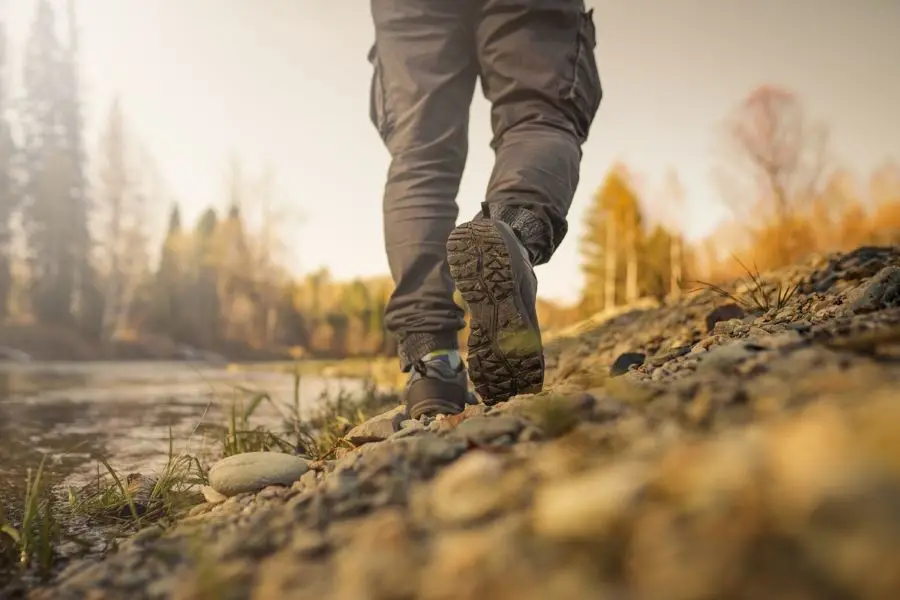
All-Weather Protection for Year-Round Hiking
Weather resistance is a critical factor in the design of hiking shoes, ensuring that they can withstand various conditions throughout the year. Gore-Tex liners, for instance, are commonly used in models like the Adidas Terrex Swift 3 GTX and Scarpa Rush 2 GTX to provide waterproof protection. These liners keep feet dry in wet conditions while maintaining breathability to prevent overheating.
The Hoka Anacapa 2 Low GTX also features a Gore-Tex waterproof liner, making it suitable for year-round hiking. This shoe’s design ensures that hikers can tackle wet and muddy trails without compromising on comfort or performance.
Durability Standards for Long-Lasting Use
Durability is another essential aspect of hiking shoes, ensuring that they can withstand the rigors of the trail. The use of durable materials like nubuck leather and reinforced uppers helps extend the lifespan of these shoes. The Merrell Moab 3, for example, features a combination of leather and nylon mesh that provides abrasion resistance and breathability, making it a durable choice for long hikes.
Toe protection is also crucial for durability, as it prevents damage from rocks and roots on the trail. Hiking shoes typically have a full rubber toe cap, while trail runners may have a trimmed-down version or none at all. Approach shoes, on the other hand, offer exceptional toe protection with their wraparound rubber rand at the front of the shoe.
Technological Advancements in Hike Shoes
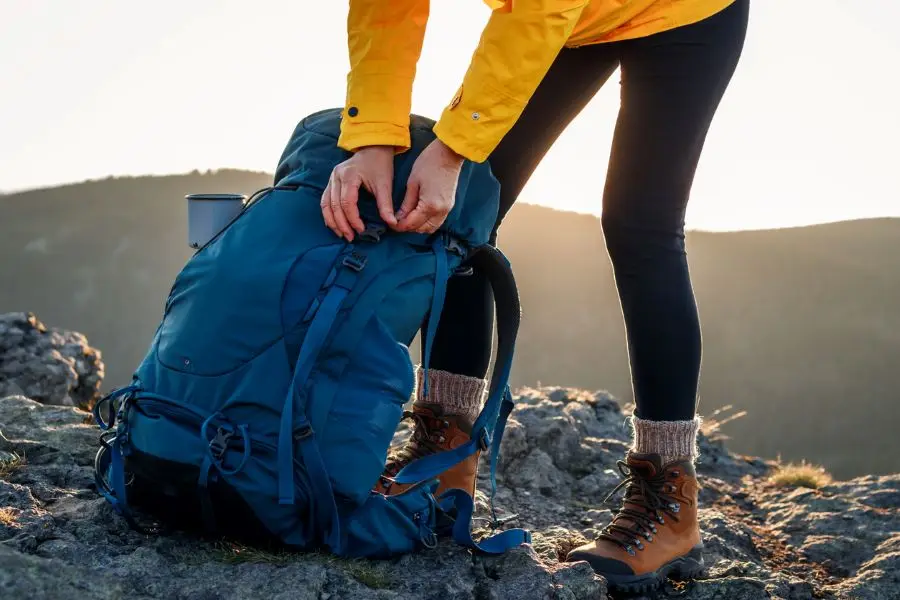
Smart Features for Enhanced Hiking Experience
Technological advancements have significantly improved the hiking experience, with smart features becoming increasingly common in hiking shoes. For instance, some modern hiking shoes are equipped with sensors that monitor various metrics such as distance, elevation, and even foot pressure. These features provide hikers with valuable data to optimize their performance and ensure a safer hiking experience.
The Role of Technology in Improving Safety and Comfort
Technology also plays a crucial role in enhancing the safety and comfort of hiking shoes. Advanced cushioning systems, for example, provide better shock absorption and reduce the risk of injuries. The Hoka Speedgoat 6, with its springy midsole and rockered shape, is a prime example of how technology can enhance comfort and reduce fatigue on long hikes.
Additionally, the use of advanced materials like Vibram Megagrip outsoles ensures superior traction and stability on various terrains. This technology is particularly beneficial for hikers tackling challenging trails, providing the necessary grip to prevent slips and falls.
Conclusion
The hiking shoe industry continues to evolve, driven by advancements in materials, design, and technology. As we look to the future, we can expect to see even more innovative features that enhance performance, comfort, and sustainability. Whether you’re a seasoned thru-hiker or a casual day hiker, the latest trends in hiking shoes offer something for everyone, ensuring that you can tackle any trail with confidence and ease.
